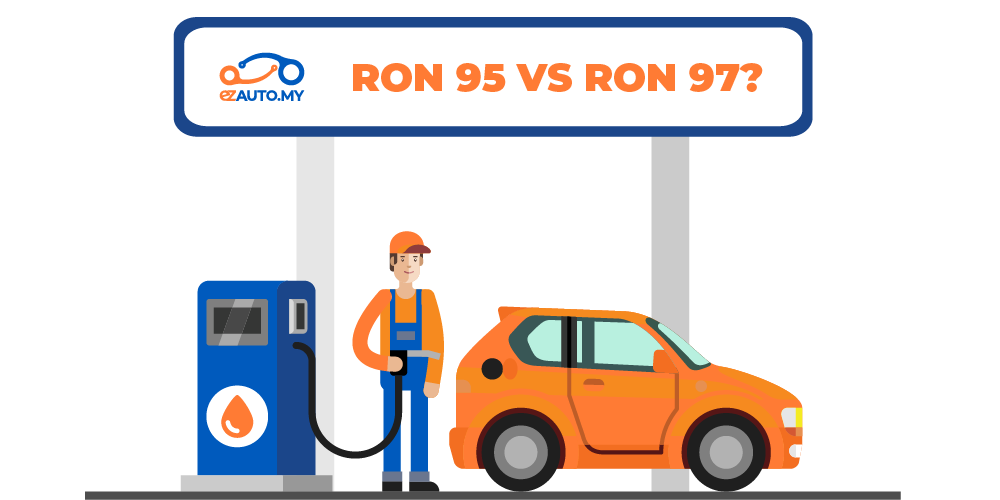What is the difference in RON95 & RON97 petrol?
We as road users travel almost every day and it has become part of a common and integral daily activity of our lives. For those of us who drive a motor vehicle, it is essential that we consider the longevity of fuel range and efficiency. Choosing the right fuel has a significant impact on car performance and its useful life, as well as financial savings.
The 2 most common types of fuel are RON95 and RON97, but how do they differ? Before we get there, we should understand the fundamental concept of RON.
What does RON represent?
RON is an abbreviation for “Research Octane Number”, a form of fuel quality and performance rating. RON determines the fuel’s ‘anti-knock’ quality or its resistance to pre-ignition. The higher the octane number, the more compression the fuel can withstand before detonating.
A higher compression ratio gives an engine a higher horsepower per engine weight than one with a lower compression ratio — making the engine “high performance”.

Should I use RON95 or RON97 for my motor vehicle?
As every car has a minimum compression ratio, the best way to know which fuel type is recommended is to check your service manual. You may also check the fuel lid cover for information on the minimum octane rating for the respective motor vehicle.
Generally, fuels with a higher octane rating (e.g. RON97) are used in high-compression engines that have higher performance. Higher octane fuels are used for motor vehicles with higher compression ratio. As a general guideline, RON97 is usually recommended for motor vehicles with an engine capacity 2,500cc and above.
Filling a vehicle with a lower octane rating than the one specified by the car manufacturer may lead to pre-ignition, a scenario that would ruin the car engine in the long-run or even result in an explosion.
Can I mix RON95 and RON97?
There will not be any detrimental effect to your motor vehicle as long as the fuels meet or exceed the minimum RON required by the engine. However, you should not allow the tank to become empty, and add 50% of lower octane, followed by 50% of higher octane. Due to the difference in density, the fuels may not completely mix immediately.
What about mixing fuels of different brands?
There has not been proven records of motor vehicles being damaged from having mixed fuels of different brands.
Common misconceptions
A higher RON or grade does not necessarily equate higher quality as most of you would have thought but rather its ability to delay auto ignition.
Another common misconception is that fuel efficiency or power output can be improved by using fuel of higher octane than that recommended by the engine manufacturer. If your car is not made to consume RON97, using RON97 will not increase its performance.
